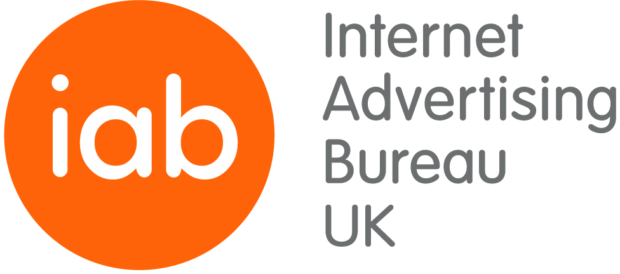Dropping the Term ‘Programmatic’
by Lindsay Rowntree on 24th Jul 2017 in News

Programmatic technology has given brands the opportunity to deliver targeted, personalised, and automated messaging. It’s direct, it’s indirect, it’s display, it’s native, it’s all of these things. However, with programmatic now stretching across the whole digital advertising world, it has proven quite difficult to properly define, at least for those on the outside. With thanks to members of the IAB’s Display Trading Council – in particular PubMatic, Rakuten, Integral Ad Science, Rocket Fuel, AOL, and Voluum – this piece discusses the significance of the term ‘programmatic’, where it has come from, and where it might need to go.
Where did the term ‘programmatic’ come from and why is it the used term for automated digital advertising?
With the emergence of digital marketing, traditional media buying became less efficient and more challenging for people to manage individually. Marketers and agencies needed a faster and more streamlined way to buy and manage their advertising, while also needing a way to deliver ads at a specific time to the right person. This need for innovation led to the arrival of programmatic.
Programmatic initially came from the idea that platforms and/or machines were able to buy inventory in an automated fashion, rather than relying on the time-consuming manual process of site selection, RFPs/orders, and IOs. By 2013 it represented around 28% of display in the UK. This year, it’s estimated to reach just under 72%.
The term ‘programmatic’ covers the decision-making processes, the standards, the work flows, and the general automation connections. It came from the need to distinguish between the existing models of network-based advertising, and the rising level of automated buying and selling, particularly when open exchanges came to prominence, with ‘machine learning’ being the cornerstone of many ad tech companies’ positioning – programmatic was much more aligned with that positioning.
Essentially, the idea of buying and selling digital advertising in an automated fashion needed a definition, and so the term ‘programmatic’ was used to reference these methods.
Is the term ‘programmatic’ still relevant?
The practise of programmatic is, of course, still relevant as many businesses find this an efficient way of purchasing ad space in order to gain a return on investment. However, the term itself could be considered irrelevant as a distinguishing method as it doesn’t always mean indirect, automated, cheaper inventory, audience buying, efficiencies, or time saving.
The fact that the term 'programmatic' is not actually referring to a particular product in itself, and is rather a referral to all types of automation within digital advertising, means that the term now touches nearly every aspect of buying and selling media. As it becomes the norm, it would make sense to drop the term and perhaps instead define the main tactics that fall outside of the broad definition. The distinction of programmatic can result in a stigma being attached to programmatic as a whole. But the majority of those concerns (related to fraud, viewability, brand safety, and wastage, amongst others) are applicable to most forms of digital advertising, and are also manageable within most programmatic cases.
There are, of course, real concerns being highlighted here; but simplifying such a large share of our industry allows broad brush observations that stop us solving specific issues, and can damage blameless parts of the industry.
If possible, what would you change it to and why?
It has proven difficult to clearly define programmatic. A term like ‘automated’ could bring more clarity, but a lot of the technology that programmatic represents would not always fall under this definition. It’s time we were clearer both in and out of the ad tech industry about all the trading mechanisms that are now covered by the programmatic umbrella: OpenRTB, private marketplace, PM guaranteed, automated guaranteed, biddable IO. We, as an industry, are comfortable with what all these things mean and of the trade-offs each represents, but that does not mean our customers are.
Distinctions in programmatic, such as the above, remain important but platforms (desktop, mobile, etc.) and formats (banner, native, video, etc.) are much more meaningful, as well as the use of data (location, modelled, first party, third party). Of course, this introduces a great deal of complexity for anyone looking at the market and so a happy medium is required.
Whilst it may prove difficult to completely remove the term ‘programmatic’, there is too much complexity being hidden behind a single umbrella term to equip marketers with the understanding required to make the right choices for their brand. The reality is that automated media buying has now become the norm and there is now a need to properly classify the non-programmatic techniques and define the different aspects that fall under the programmatic umbrella.
Collaboration in the industry, which will be the topic of the next DTC column, is key to the ongoing growth of digital. We, as an industry, need to better define and simplify the concept of automated media buying so that advertisers feel confident investing their budgets in digital advertising.








Follow ExchangeWire